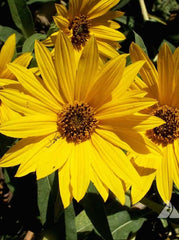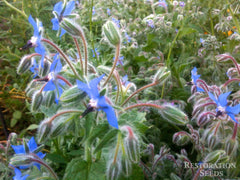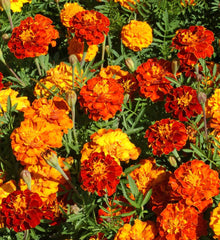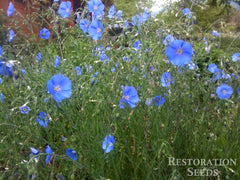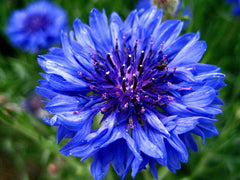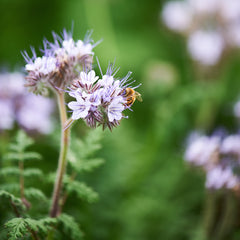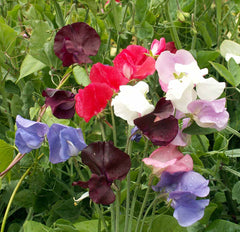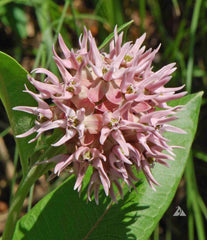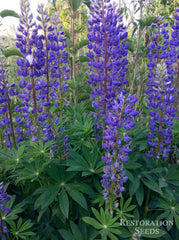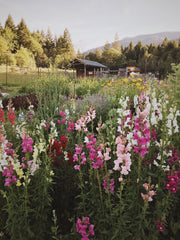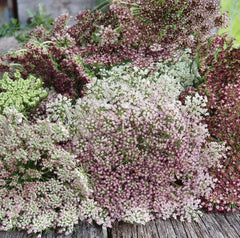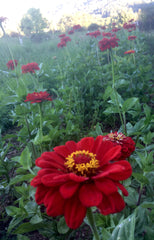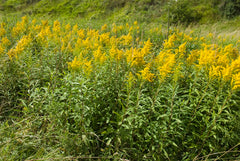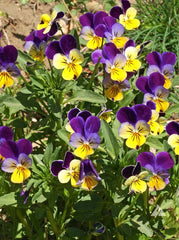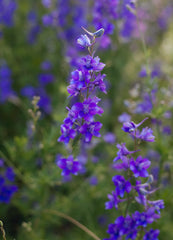Butterfly Weed
Asclepias tuberosa
HOW TO GROW BUTTERFLY WEED
Stratify seeds in the refrigerator for 7-14 days before planting (place seeds in a plastic bag on a moist medium). Then sow seeds 7-9 weeks before the last frost in start trays, 1/4” deep. As plants grow, transplant into larger pots so that their taproot has room to grow, otherwise plants will suffer. Harden off and transplant outside after last frost. Direct sow seeds in the fall or spring. Plants prefer sandy loam, well drained soil. Hardiness zones 4-9. Perennial.
Days from maturity calculated from the date of seeding. Average 6,300 seeds per ounce.
Planting Depth 1/4"
Soil Temp. Germ. 65-70 stratify
Days to Germ. 14-21
Plant Spacing 12-24”
Row Spacing 12-24”
Days To Maturity 365
Full Sun, Moist Well Drained Soil
Days from maturity calculated from the date of seeding. Average 6,300 seeds per ounce.
Planting Depth 1/4"
Soil Temp. Germ. 65-70 stratify
Days to Germ. 14-21
Plant Spacing 12-24”
Row Spacing 12-24”
Days To Maturity 365
Full Sun, Moist Well Drained Soil
- 50 Seeds$4.10
This native species of milkweed is also known as butterfly weed, pleurisy root, orange milkweed, to name a few. The plant has a deep, woody taproot that thrives in arid soils. It’s a larval food source for monarch butterflies, dogbane tiger moths, and milkweed tussock moths. Its showy orange flowers also attract bee...
This native species of milkweed is also known as butterfly weed, pleurisy root, orange milkweed, to name a few. The plant has a deep, woody taproot that thrives in arid soils. It’s a larval food source for monarch butterflies, dogbane tiger moths, and milkweed tussock moths. Its showy orange flowers also attract bees and hummingbirds. Plants grow 1-3.5’ tall. Traditionally, the plant was used medicinally to treat respiratory and digestive illnesses. The seed pod downy fluff was spun and used to make candle wicks. Tags: Color: orange, Season: Spring Summer Fall.
This milkweed species is native to the eastern and southwestern US.
This milkweed species is native to the eastern and southwestern US.
Learn More
Reviews
